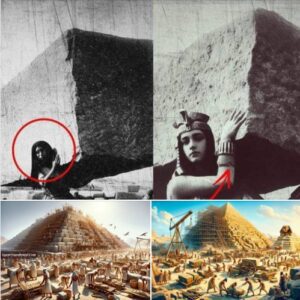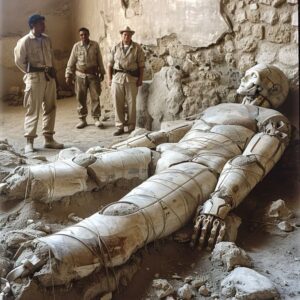The Crocodile Stone, located in the Vat Phou Temple complex in southern Laos, is a fascinating and mysterious artifact that has intrigued archaeologists and historians for years. This peculiar rock features a detailed carving of a crocodile, and its location within the ancient temple complex adds to its mystique. The Vat Phou Temple, which dates back to the pre-Angkorian period, was a major center of religious and cultural activity long before the rise of the Angkor Empire.

The Crocodile Stone is believed by some researchers to have been the site of an annual human sacrifice ritual, which was a common practice in many ancient cultures. The crocodile carving itself may have symbolized the importance of water deities or the connection between life and death in the region’s spiritual beliefs. Evidence suggests that the ritual sacrifices were made to appease these powerful deities, potentially marking the stone as a sacred and significant location in early Southeast Asian history.

Although much about the stone remains shrouded in mystery, the Crocodile Stone offers a glimpse into the spiritual and ritualistic practices of pre-Angkorian societies. As further excavation and study continue, this ancient artifact may reveal even more secrets about the early civilizations that once thrived in Southeast Asia.





